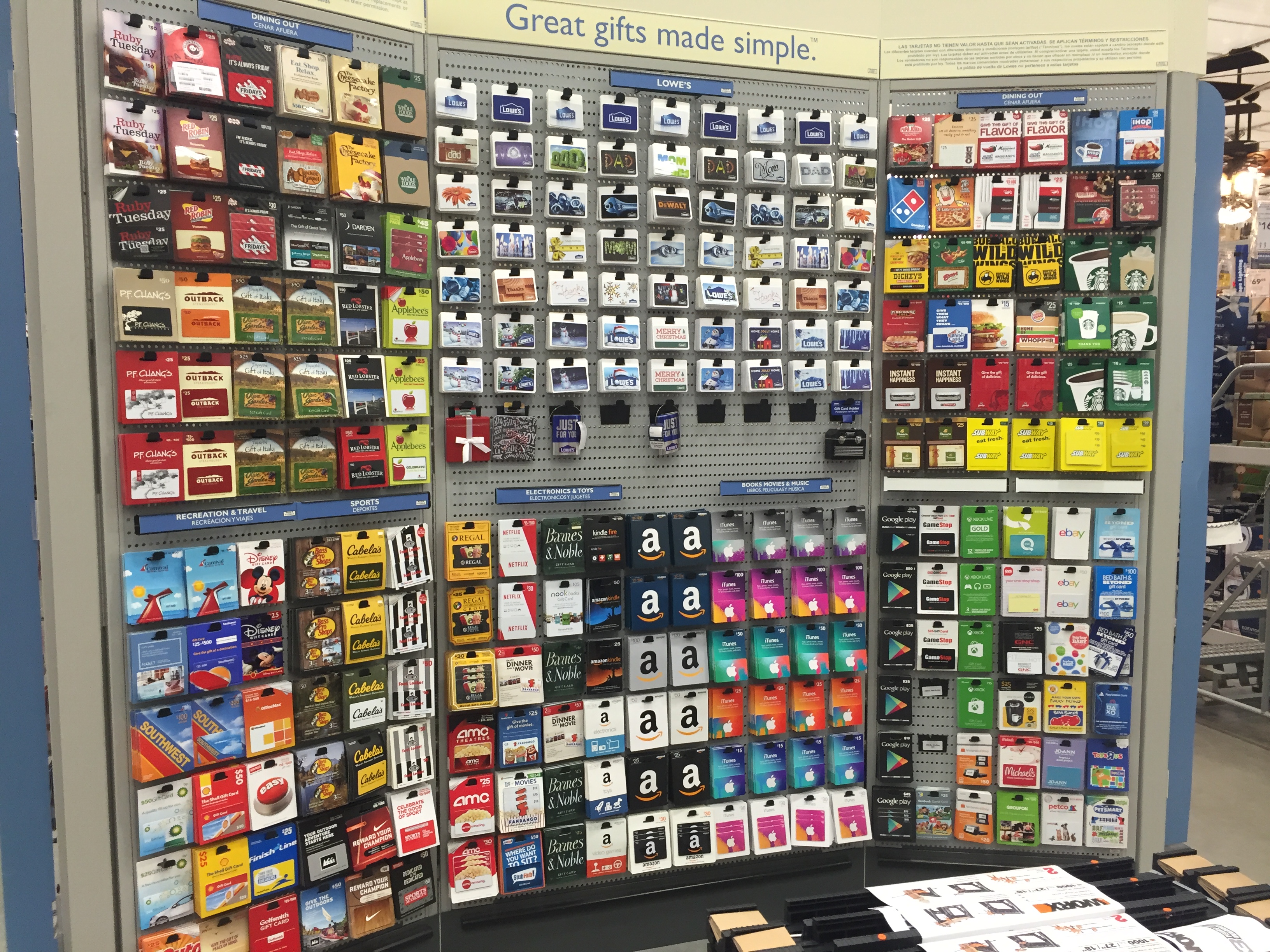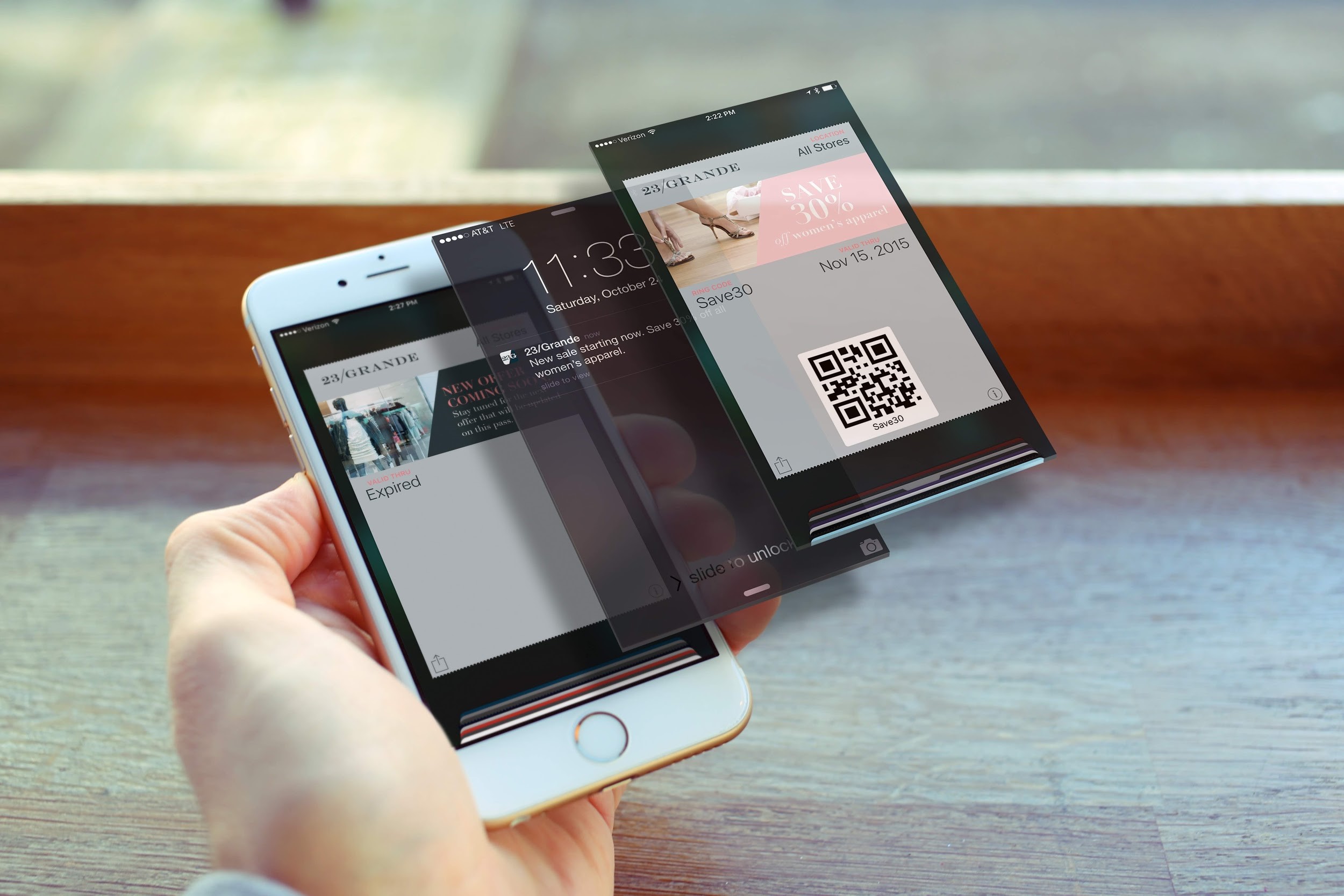The most popular gift of the season was probably made in the Twin Cities

Last-minute holiday shoppers won't find "Made in Minnesota" on a gift card they snap up in the next few days, but chances are it was.
The Twin Cities area is home to numerous gift card designers, printers and distributors, including Archway Marketing in Rogers, Diamond Graphics in Ramsey, and CPI Card Group in Roseville. One of the country’s largest gift card manufacturers, Travel Tags in Inver Grove Heights, produced 1 billion gift cards last year, more than 25 percent of the North American market.
They are satiating a shopping habit that’s as ingrained as buying a big TV on Black Friday. “Gift cards have become as universal as greeting cards, with 96 percent of Americans indicating they’ll buy at least one this year,” said Robert Passikoff, founder and president of Brand Keys, Inc.
Travel Tags — owned by Mankato businessman Glen Taylor, who also owns the Star Tribune — lists Nordstrom, Macy’s, PF Chang’s, DSW shoes, Bebe and Aeropostale as clients. “We do the production for some of the largest and most powerful brands in the world,” said Tim Lebens, vice president of sales and marketing at Travel Tags.
Besides the Inver Grove Heights facility, the company has smaller operations in Mankato, Oregon, California and Europe.
Although December is a top sales month for gift cards, Lebens said summer is the busiest for production. “We need to produce the cards three to six months ahead to allow time to get them through the merchant distribution network and into the hands of retailers,” he said.
What may seem like a quick and easy production task takes four to six weeks for most orders and eight to 10 weeks for more sophisticated designs. “Gift cards today are like a little Renoir in your hand,” said Al Vrancart, co-founder and industry adviser at International Card Manufacturers Association in New Jersey. Besides the graphic image created by the art department, the manufacturing process often includes foil, a matte or pearl finish, glitter and raised surface texture. Nordstrom has incorporated a hologram on one of its cards while Neiman Marcus’ card has a raised texture that simulates alligator skin.
“It’s a lot more complicated than it looks,” said Ken Dishno, vice president of operations at Travel Tags. If a client known for an iconic shade of red requests a gift card, he said, designers have to use a different shade of red initially because a blue-tinted laminate film that will be overlaid changes it.
Even the standard rectangular shape and PVC plastic material may be changed to suit the client. Whole Foods chose a gingerbread man shape for its holiday cards, which, instead of plastic, are made from stiff paper that’s strong enough to withstand a run through the washing machine. Target selected a holiday card in the shape of a gold metal coin.
“We are offering guests a variety of gift card options and designs this season including peppermint-scented gift cards, greeting cards paired with gift cards and gift cards that double as holiday gift tags to easily string onto presents,” Target spokeswoman Amy Joiner said.
Some of the cards are becoming collectibles. Last year Starbucks’ metal card for $450 with $400 loaded onto each card sold out online. This year it scaled back slightly to a limited edition sterling silver key chain gift card with a dusting of Swarovski crystals. The company had 43,000 made at $200 each with $50 loaded in gift card credit.
Delta Air Lines’ limited edition gift card is made of aluminum from a retired DC-9 that was flown by Allegheny Airlines, then Eastern, and Northwest Airlines before being acquired by Delta. Each of the 2,500 cards costs $250 on eBay and has $50 of value stored on it. As of last week, 123 had been sold.
Best Buy, which started replacing paper certificates with gift cards in the mid-1990s, changes its gift card designs about every two months. New this year for the holidays is the addition of a Geek Squad card. The gift card, which comes in a box with the card and a free USB vehicle charger, can be redeemed for a one-hour home visit for $100 (setup for a computer, tablet, mobile device, Blu-ray player or gaming system) or $150 (setup for TV/video or router/home Wi-Fi network).
The Richfield-based electronics retailer said that the latest technological enhancement, digital gift cards that can be redeemed on a smartphone, make up only 5 percent of its total gift card sales. That’s consistent with national figures, but digital gift card sales are expected to double by 2017, according to global management consulting firm A.T. Kearney.
Despite the lack of a physical gift to give, Best Buy’s digital cards allow for more personalization, including a written message, photo or video. There’s also an “unwrapping” feature where the gift “unwraps” after being touched or clicked.
Digital gift cards aren’t a big concern for the industry yet, said Travel Tags’ Lebens. “Digital isn’t friction-free,” he said. “In the time it takes someone to bring up an app and type in their password, I’ve already paid for my purchase with a physical card.”
Overall, gift card sales are expected to decline 3.4 percent in North America to about $26 billion this year, said Vrancart. As retailers start holiday sales earlier, last-minute gift card sales are being squeezed.
“Retailers’ early promotions and exclusive offerings have made it easier for consumers to find everything they need without having to consider raiding the gift card rack,” said Matthew Shay, president of the National Retail Federation.
But don’t expect gift cards to lose their appeal for retailers. More than $750 million in gift cards went unredeemed last year, although that number is far less since 2009 when the Credit Card Act got rid of most junk fees and expiration dates. And cards provide another lift for retailers because consumers typically spend 20 percent more than the amount on the gift card.
One advantage of paying with a gift card is speed. Gift cards will not be getting the digital chip that credit cards are because it’s not a cost-effective addition. A gift card with a magnetic stripe can cost up to 50 cents to make, depending on its design, but embedding a chip adds another $2.20 to $3.50.
“There’s no need to add the chip in a gift card,” Vrancart said. “It’s a simple transaction. You use it a few times and discard it. Too much technology is overkill.”
Read entire article at Star Tribune
Source: StarTribune.com - December 13, 2015
Written by John Ewoldt, Star Tribune
MEDIA CONTACT:
KATY LASEE | MARKETING DEPT.
651 554 8533
KRLasee@traveltags.com
TAGS:
card manufacturing,
Community,
holidays,
Star Tribune,
trends





